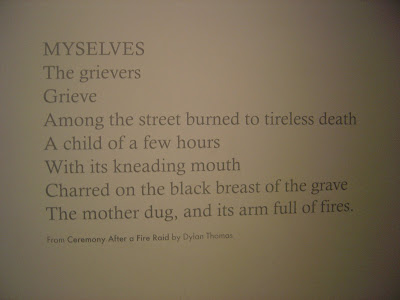
Research Marijuana Crop Grow Room
National Center for Natural Products Research
Oxford, Mississippi
The National Center for Natural Products Research (NCNPR) is the only facility in the United States which is federally licensed to cultivate cannabis for scientific research. In addition to cultivating cannabis, NCNPR is responsible for analyzing seized marijuana for potency trends, herbicide residuals (paraquat) and fingerprint identification. NCNPR is licensed by the National Institute on Drug Abuse and also researches and develops chemicals derived from plants, marine organisms, and other natural products.
While 11 states have legalized the medical use of marijuana, a 2005 U.S. Supreme Court decision allows for the arrest of any individual caught using it for this purpose. Nearly half of the annual arrests for drug violations involve marijuana possession or trafficking.

Nuclear Waste Encapsulation and Storage Facility Cherenkov Radiation
Hanford Site, U.S. Department of Energy
Southeastern Washington State
Submerged in a pool of water at Hanford Site are 1,936 stainless-steel nuclear-waste capsules containing cesium and strontium. Combined, they contain over 120 million curies of radioactivity. It is estimated to be the most curies under one roof in the United States. The blue glow is created by the Cherenkov Effect which describes the electromagnetic radiation emitted when a charged particle, giving off energy, moves faster than light through a transparent medium. The temperatures of the capsules are as high as 330 degrees Fahrenheit. The pool of water serves as a shield against radiation; a human standing one foot from an unshielded capsule would receive a lethal dose of radiation in less than 10 seconds. Hanford is among the most contaminated sites in the United States.

U.S. Customs and Border Protection, Contraband Room
John F. Kennedy International Airport
Queens, New York
African cane rats infested with maggots, African yams (dioscorea), Andean potatoes, Bangladeshi cucurbit plants, bush meat, cherimoya fruit, curry leaves (murraya), dried orange peels, fresh eggs, giant African snail, impala skull cap, jackfruit seeds, June plum, kola nuts, mango, okra, passion fruit, pig nose, pig mouths, pork, raw poultry (chicken), South American pig head, South American tree tomatoes, South Asian lime infected with citrus canker, sugar cane (poaceae), uncooked meats, unidentified sub tropical plant in soil.
All items in the photograph were seized from the baggage of passengers arriving in the U.S. at JFK Terminal 4 from abroad over a 48-hour period. All seized items are identified, dissected, and then either ground up or incinerated. JFK processes more international passengers than any other airport in the United States.






















